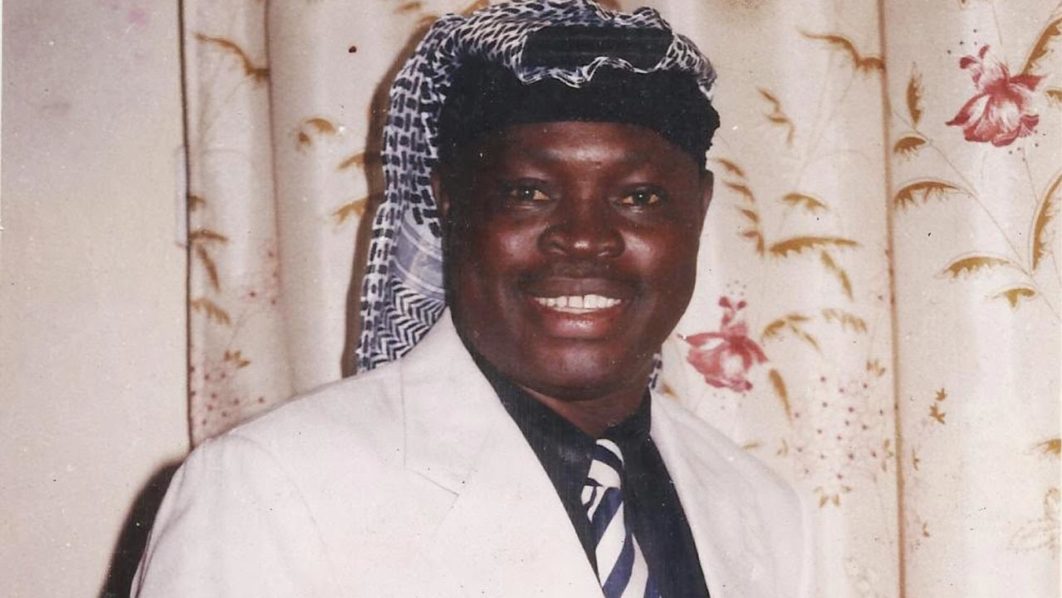Why We Can’t Create Electoral Constituencies Now – INEC
The Independent National Electoral Commission INEC has explained its inability to create new electoral constituencies in spite of agitations from some quarters, saying while it is practically improbable, the commission is also constrained by both political and legal encumbrances.
INEC explained this in a statement issued Friday in Abuja by a National Commissioner and Chairman of its Information and Voter Education Committee, Barr. Festus Okoye.
The Commission which said it was responding to recent reports regarding its responsibilities in the division, revision and adjustment of electoral constituency boundaries in Nigeria, noted that while the division of the country into electoral constituencies for Senate, House of Representatives and State Houses of Assembly is its responsibility, once they are established, subsequent revision of the constituencies and/or adjustment of their boundaries are the joint responsibilities of the Commission and the National Assembly.
Okoye said any such revision or adjustment must be passed by a resolution of the two houses of the National Assembly, namely the Senate and the House of Representatives.
He said; “As a result, the Commission has been in discussion with the relevant Committees of the National Assembly to arrange a meeting with the leadership of the Assembly to address some of the difficult issues in the division, revision and alteration of electoral constituency boundaries in Nigeria.
Some of these issues, which the Commission had previously brought to the attention of the National Assembly, include, but are by no means limited to, the following:
“The 1999 Constitution (as amended) does not place an obligation on INEC to revise or alter the boundaries of constituencies every 10 years, as has been canvassed by some opinions in the media. For the avoidance of doubt, Section 73 (1) of the Constitution provides for that to happen at intervals of “not less than 10 years”.
This implies that it can only happen from 10 years and above! Therefore, the Commission is not in breach of the Constitution, since the revision could happen in 10 years or more.
“The Constitution also provides that the Commission may embark on revision and adjustment after a national census, creation of States or by an Act of the National Assembly [Section 73 (2)]. None of these conditions actually exists at the moment. The last population census was conducted in 2006, about fifteen years ago.
The Commission feels that revising and/or altering constituencies based on 15-year-old population data is inappropriate because the well-known rapidity of population changes in Nigeria would make nonsense of any outcome.
In any case, the National Population Commission is working on conducting another census and it seems reasonable to await its outcome. On the other hand, no new States have been created in Nigeria since the Constitution came into effect in 1999 nor is there an Act of the National Assembly requesting INEC to activate the relevant sections of the Constitution on division, revision and alteration of electoral constituencies.
“On the State constituencies to be created in each State of the federation, the Constitution provides that the number for each State should be three or four times the number of its federal constituencies (seats in the House of Representatives), subject to a minimum of 24 and a maximum of 40. The problem is that some States presently have three times the number of their seats in the House of Representatives, others have four times; others have the minimum of 24 and yet others have reached the maximum of 40.
For some, their present number of State Assembly constituencies is neither three nor four times the number of their House of Representative seats. This motley distribution calls for more clarity in the division, revision and alteration of electoral constituency boundaries, which in fact may require constitutional amendments.
“There is also the question of the so-called suppressed constituencies. Essentially, these are constituencies that existed prior to the coming into force of the 1999 Constitution. The canvassers for these constituencies argue that they have been “suppressed” in the present dispensation. Forty-two (42) cases were filed in various courts across the country requesting INEC to be compelled to “restore” sixty-two (62) constituencies.
The Commission has consistently argued that the idea of “restoration of a constituency” is both legally questionable and practically improbable. “It is questionable to ask INEC to restore constituencies that existed under an old constitutional order in the present one.
For example, the present Constitution provides for the maximum seats in the House of Representatives and the multiples of that for State House of Assembly constituencies.
Restoring all old constituencies from a different constitutional order would definitely mean that the number set by the present Constitution may be exceeded.




